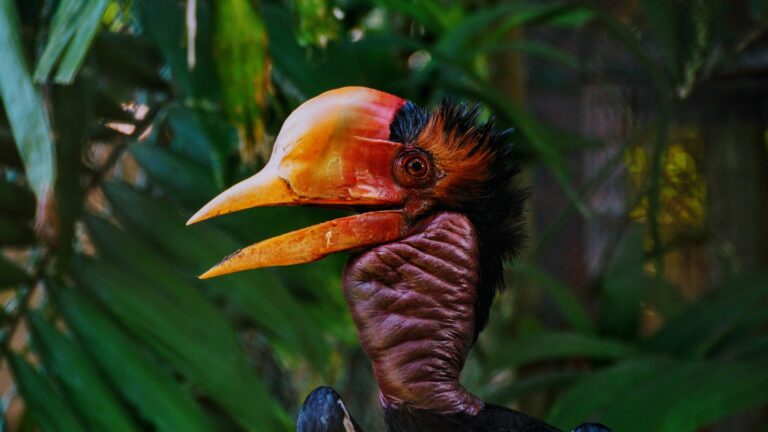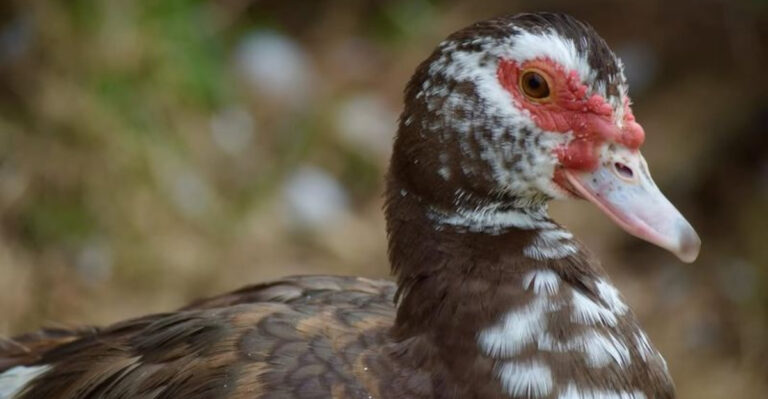15 Things About Scorpionflies, The Most Terrifying Insect I’ve Seen

Scorpionflies are those delightfully bizarre creatures that seem to have stepped right out of a science fiction movie.
With their peculiar and slightly intimidating appearance, they quickly capture the imagination. But don’t let their looks fool you; these insects play fascinating roles in their ecosystems.
From their scavenging habits to their intricate mating rituals, scorpionflies offer a plethora of intriguing behaviors to discover. Let’s explore what makes them so uniquely fascinating.
1. Scorpionfly Appearance
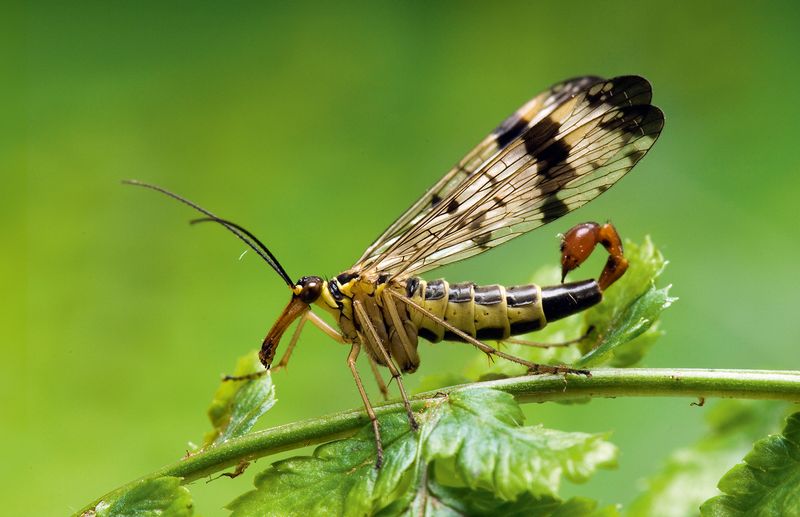
When you first lay eyes on a scorpionfly, the resemblance to its namesake is uncanny. Their elongated bodies, topped with a head reminiscent of a horse’s, give them an alien aura.
The most striking feature is their tail, which mimics a scorpion’s stinger, though it’s entirely harmless. This deceptive appearance is nature’s clever way of deterring predators. A true masterpiece of evolution!
2. Unique Tail Structure
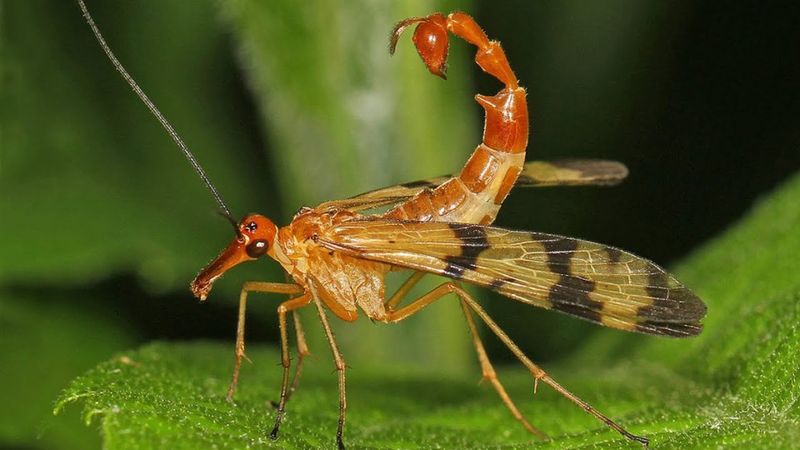
Despite its fierce look, the scorpionfly’s tail is more about show than sting. Male scorpionflies flaunt this tail to woo potential mates, a testament to evolutionary creativity.
The curved tail, though harmless, enhances their allure during courtship displays. It’s a dance of deception and attraction, where appearance triumphs over aggression. How fascinating is that?
3. Sexual Dimorphism
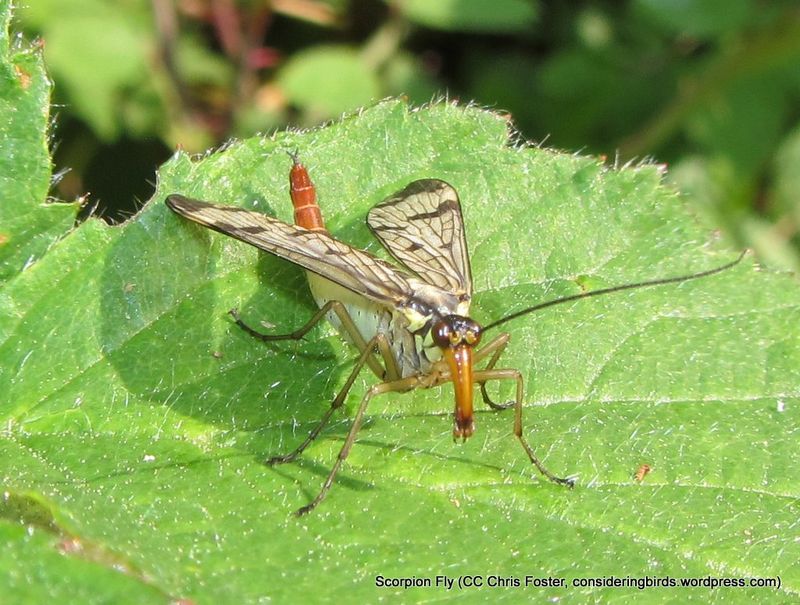
In the world of scorpionflies, males and females are nothing alike. Males boast the intimidating tail, while females are more understated.
This difference isn’t just for show; it plays a crucial role in their mating rituals. The males’ flamboyant tails are a badge of virility, attracting females with their exaggerated display.
It’s a fascinating dance of nature’s design.
4. Scavenger Diet

Scorpionflies, with their scavenger diet, are nature’s cleanup crew. Feasting on decaying insects, they help maintain ecological balance. Think of them as the unsung heroes tidying up the forest floor.
Their role is pivotal in nutrient cycling, ensuring that nothing goes to waste. It’s nature’s way of recycling, one insect meal at a time!
5. Mating Rituals

Mating in the scorpionfly world is nothing short of theatrical. Males go to great lengths, offering nuptial gifts—dead insects—to win over females.
It’s like dinner and a show, where gifting prowess determines mate choice. The bigger and better the gift, the higher the chance of winning her over. Who knew romance in the insect world could be so strategic?
6. Deceptive Behavior

Some crafty male scorpionflies take deception to another level. If a valuable gift isn’t available, a lump of saliva might do the trick. It’s a gamble, but one that sometimes pays off in the quest for love.
This behavior is a testament to the lengths creatures will go to ensure survival and reproduction. Nature, you’re a tricky one!
7. Flying And Gliding Abilities
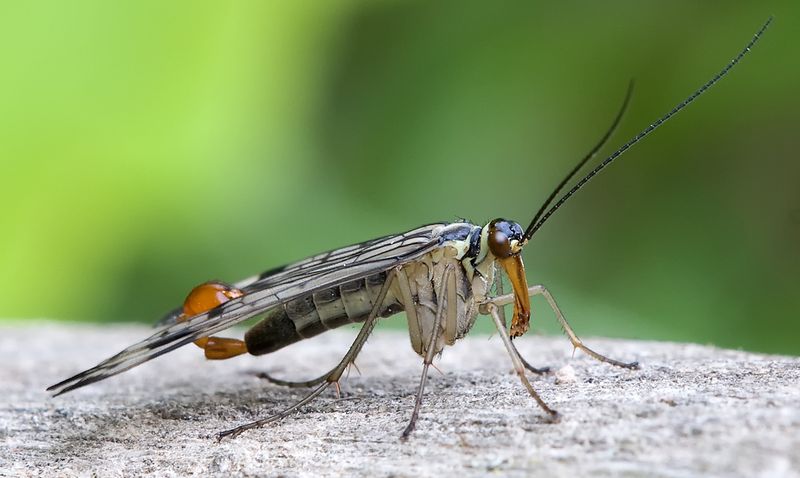
Scorpionflies aren’t the speediest, but their gliding ability is a marvel. They move with elegance, evading predators with smooth aerial maneuvers.
This skill allows them to navigate their environment efficiently, avoiding threats with minimal effort. It’s a testament to nature’s ingenuity in crafting survival skills that are truly remarkable.
8. Habitat Preferences

Scorpionflies thrive in forested areas, finding solace among the trees. These habitats offer shelter and abundant food sources, essential for their survival.
The dense canopy provides protection, while the forest floor supplies their scavenger diet. It’s a harmonious relationship, where each benefits from the other. Nature truly knows how to craft a perfect home!
9. Incredible Sensory Abilities
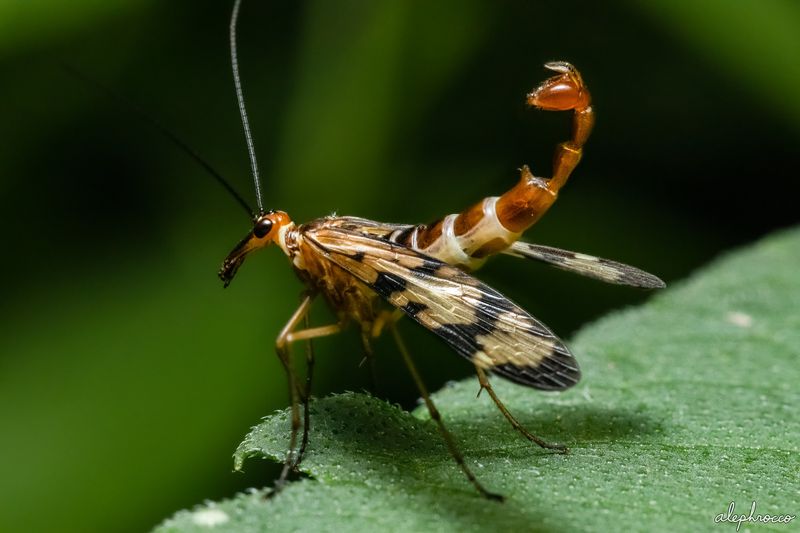
With highly developed antennae, scorpionflies are sensory wizards. These intricate structures help them locate food and potential mates with precision.
The world around them is a sensory playground, where every signal is an opportunity. It’s fascinating how these tiny creatures navigate life with such acute perception. A true testament to nature’s brilliance!
10. Behavioral Defense Mechanisms
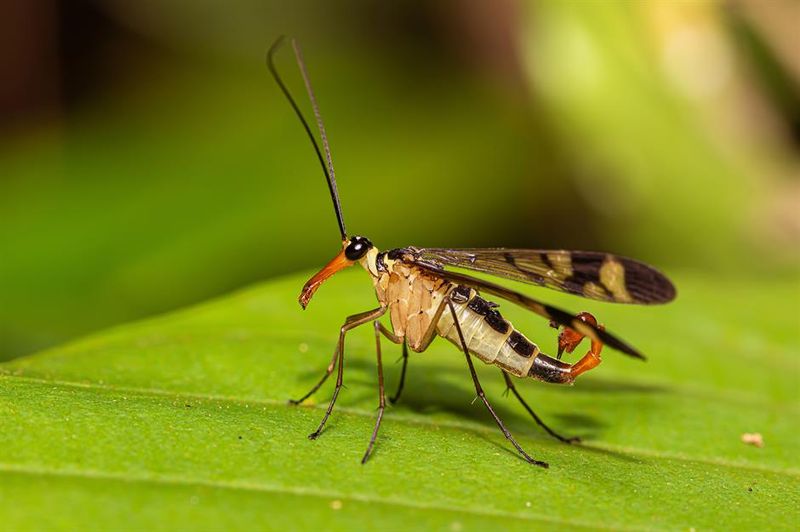
Scorpionflies, lacking a real sting, rely on bluff and bluster for defense. They might fan their wings or mimic more dangerous creatures, deterring predators.
It’s all about perception, where appearance trumps reality. The art of misdirection is their game, and they play it well. A lesson in survival through ingenuity!
11. Short Lifespan
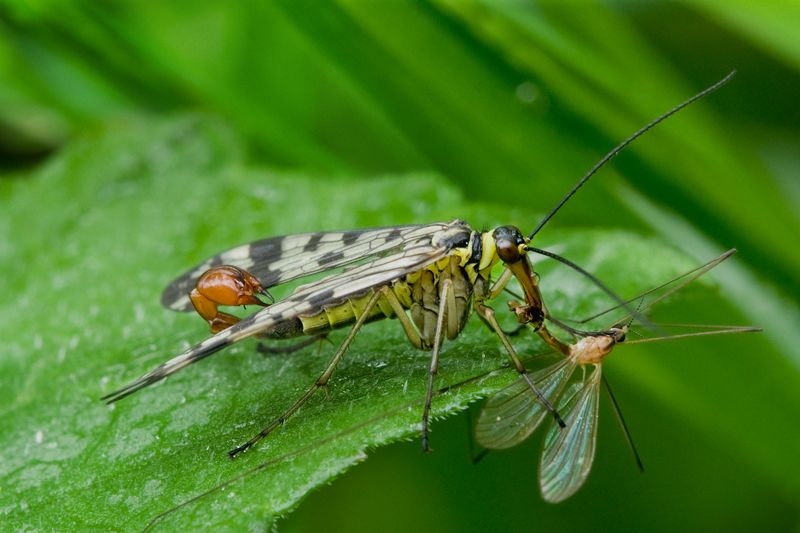
With a fleeting lifespan, scorpionflies live intensely. They focus on rapid reproduction, ensuring their legacy continues. This brief existence shapes their behaviors, from frantic mating to efficient feeding.
It’s a life lived with urgency, where every moment counts. Even in brevity, they leave a lasting impact on their ecosystem.
12. Limited Distribution
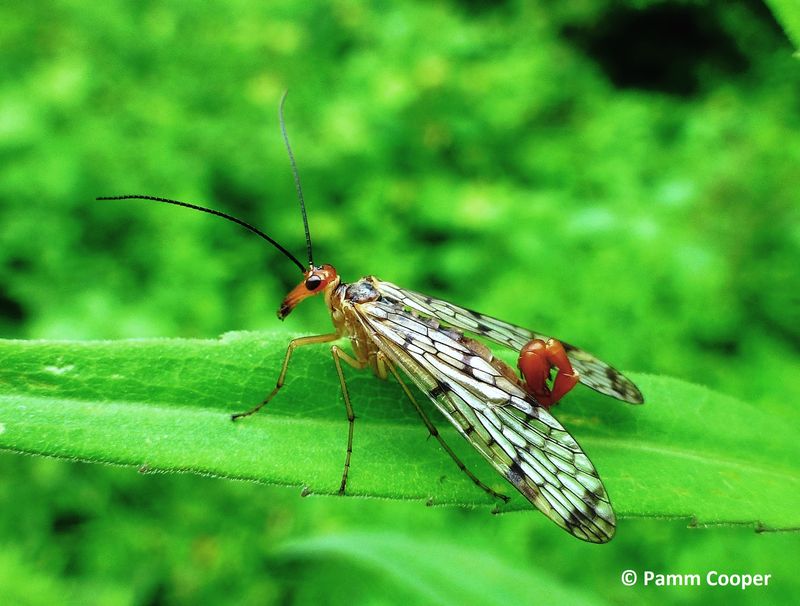
Scorpionflies have a somewhat restricted distribution, mostly found in temperate zones. Factors like habitat specificity and climate determine their presence.
They’re not global wanderers, preferring the comforts of familiar territories. This limitation ensures they remain a mystery to many, adding to their enigmatic allure.
13. Mimicry Of Other Insects
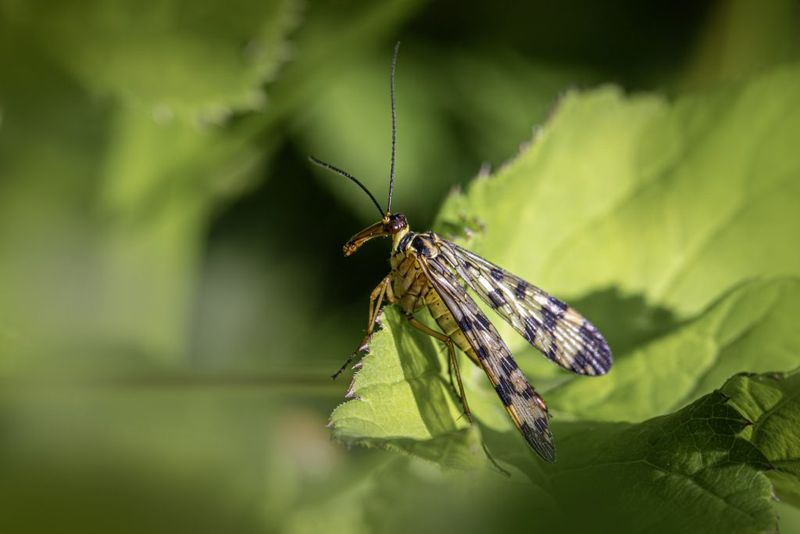
Some scorpionflies have mastered the art of mimicry, imitating more threatening insects. It’s a survival tactic that confuses predators, allowing them to escape unscathed.
This clever imitation is like wearing a costume, fooling onlookers with a convincing act. In the wild, appearing dangerous can be life-saving. Talk about nature’s theater!
14. No Stingers, But Dangerous Appearance
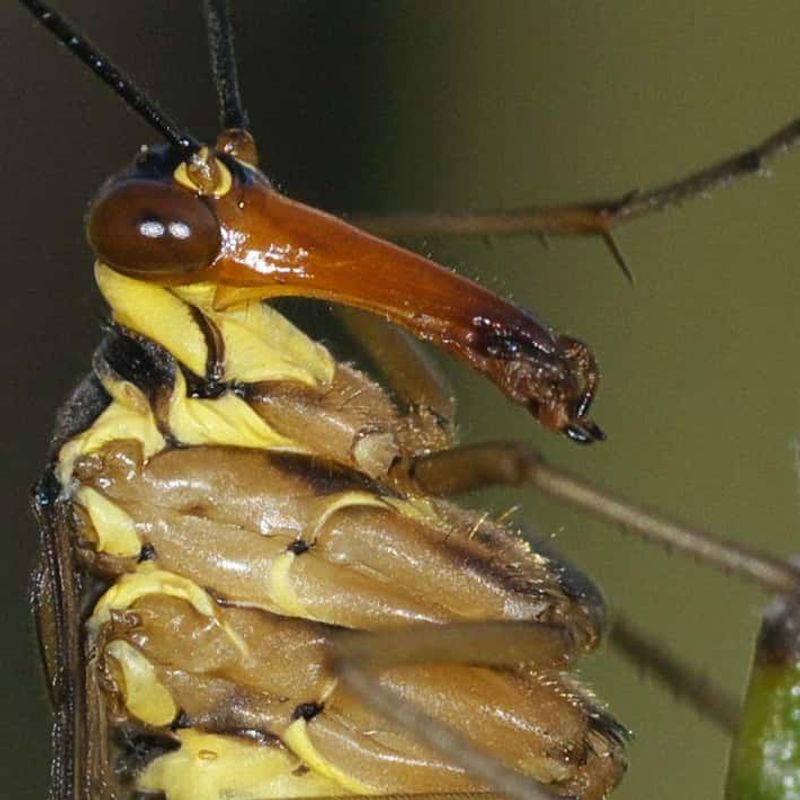
Despite their fearsome look, scorpionflies are harmless to humans. Their appearance is a clever disguise, deterring predators with visual threats.
It’s a masterclass in ‘fake it till you make it,’ where perceived danger keeps them safe. Nature’s way of saying, ‘Don’t judge a book by its cover.’
15. Ecological Role In Insect Populations
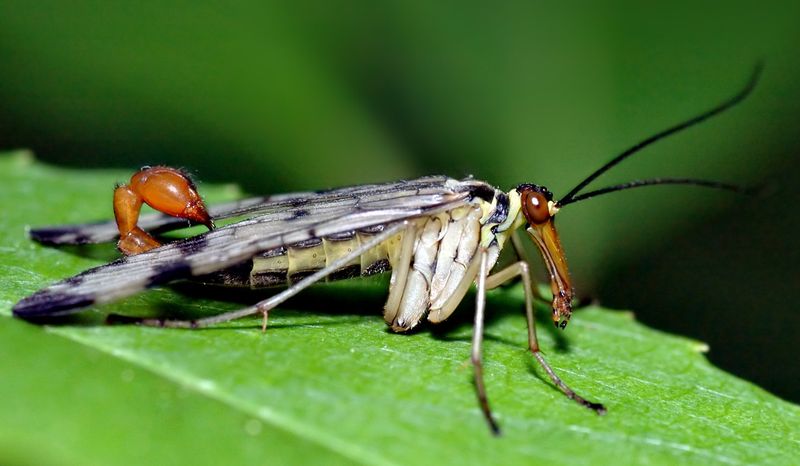
Scorpionflies play an unsung role in controlling insect populations. As scavengers, they clean up decaying matter, ensuring ecological balance.
They’re the janitors of the insect world, maintaining order in their ecosystem.
Through their actions, they support biodiversity and health, proving every creature has a role to play. Nature’s web is beautifully interconnected.





